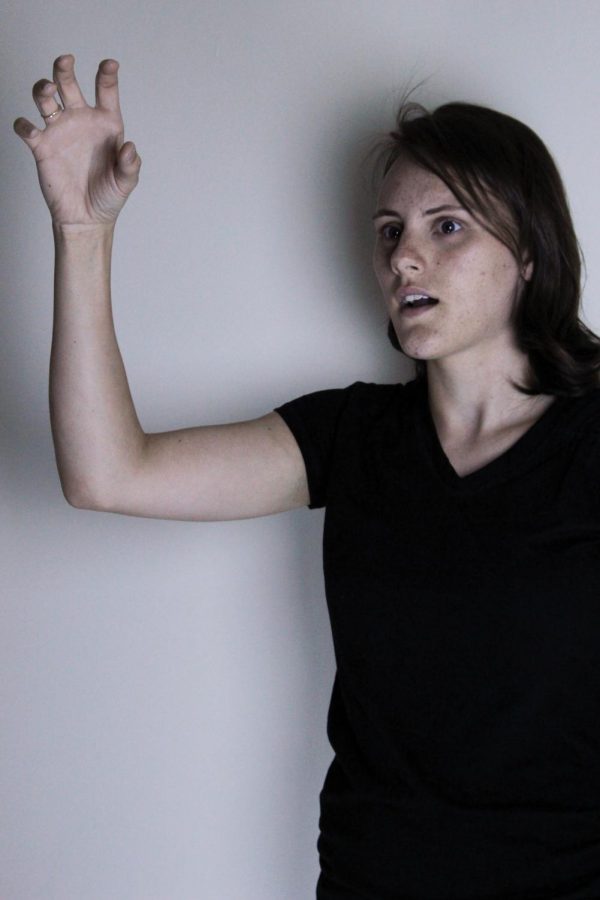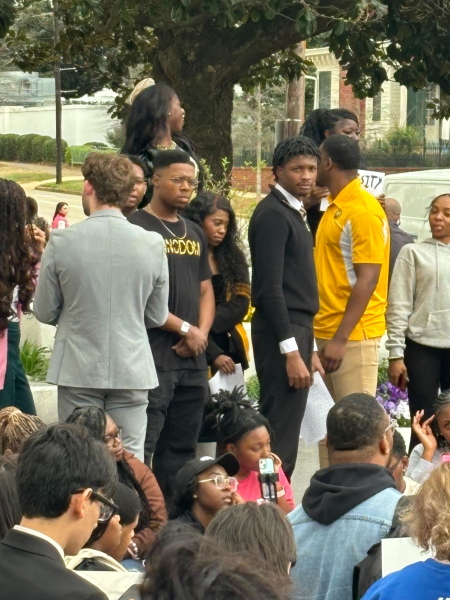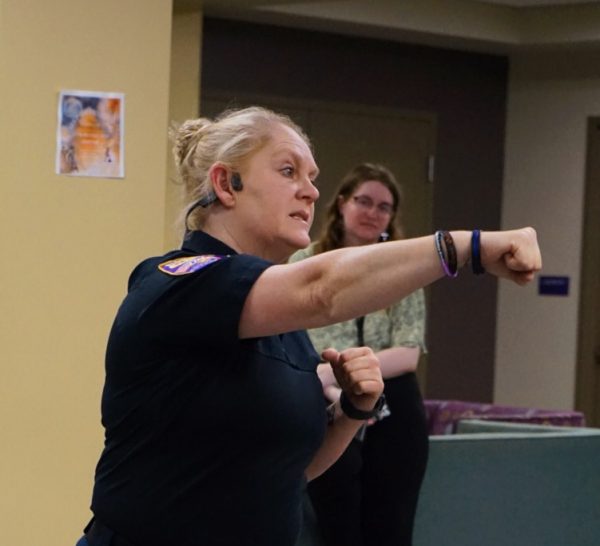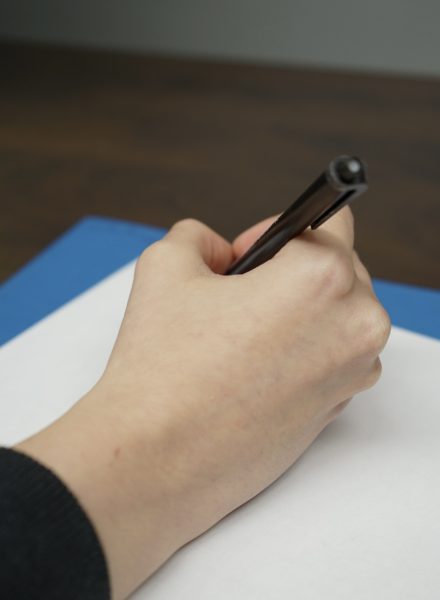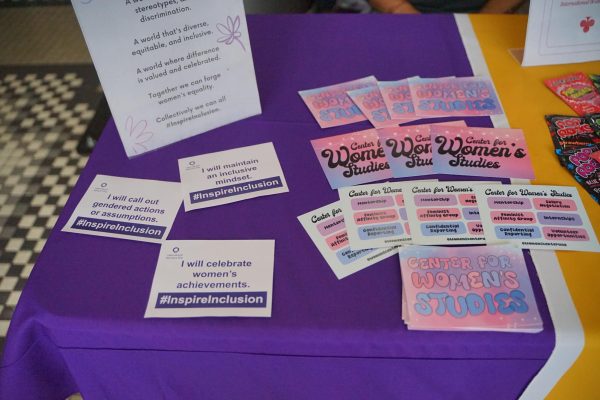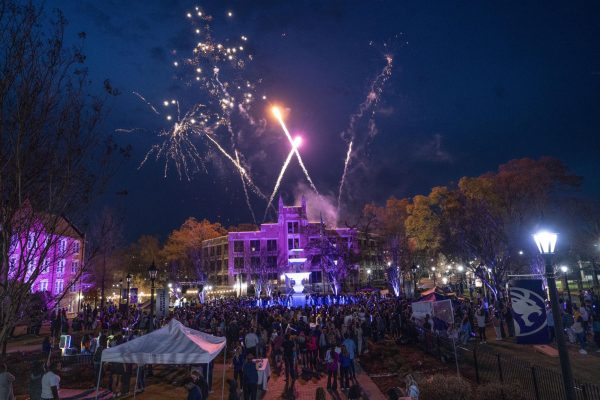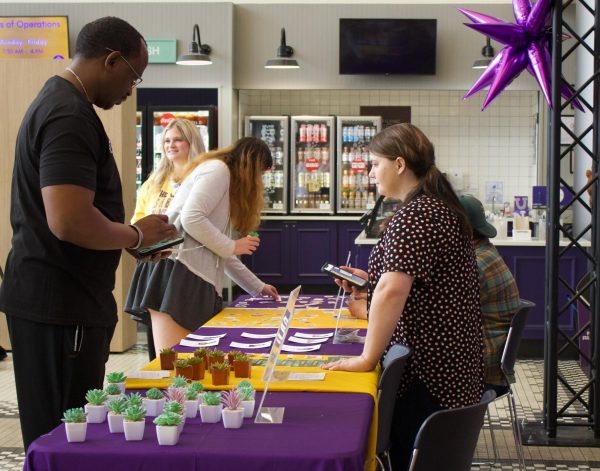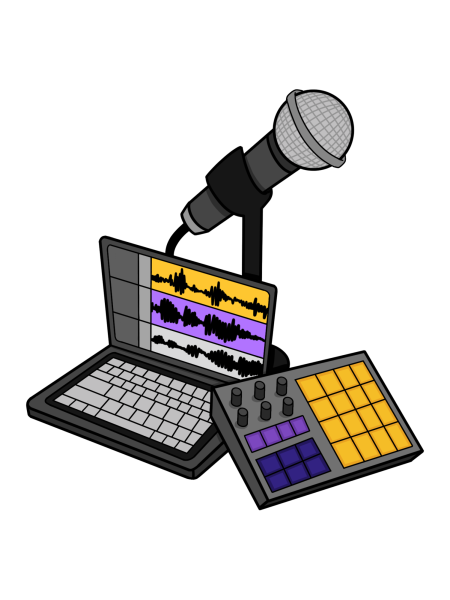American Sign Language Class available at UNA
September 7, 2015
Learning a new language is a goal for many people. Luckily, UNA offers 10 language courses. These classes range from the common—like Spanish—to the unique—such as Swahili. This school year the Foreign Language department added its 11th course, American Sign Language.
“American Sign Language is non-verbal communication used by people who are deaf or hard of hearing where thoughts, feelings and ideas are conveyed via body and hand movements,” said Linda Cole, ASL instructor and director of the Alabama Institute for the Deaf and Blind.
Claudia Vance, department chair of foreign languages, said this is the first year the class has been offered, but students asked for it before.
“It’s been something that people have asked for over the years, for many years,” Vance said. “We haven’t had an instructor who could teach it until last year when we heard about Linda Cole.”
Since Cole is busy with her work at the Institute, the class meets on Mondays from 6 p.m. to 8:45 p.m. Aug. 24 was the first day of class.
“Based on my first day, and first day alone, I have found it a bit boring,” said freshman Anna Grace Kiddy. “But this is a basic ASL class with students who don’t hardly know the first thing about sign language. I think I’ll enjoy it as the semester goes on when people begin to grasp the language.”
Vance said she believes ASL can benefit anyone no matter his or her major. For this reason, she said she has made plans for the continuation of the class.
“In the spring, we plan on offering the second part, 102, so that students can go an entire year with American Sign Language,” Vance said.
She said ASL can count toward the foreign language credit required to receive a Bachelor of Arts.
Kiddy said her main goal is to learn about the culture of ASL.
“I want to further my grasp on sign language, but not just that,” she said. “I want to learn about American Sign Language’s rich culture. Without that, you can sign all day to a deaf person, but it would mean so much more to know the background of the language and how it influences different signs.”
Cole said her goal is for her students to have an increased knowledge of sign language and to also appreciate the diverse culture. She sees American Sign Language as a beautiful, expressive language and a way to become a better communicator with those who use ASL.
Freshman Jeremy Hogue said he did not know college students could learn ASL.
“I think the class is important because it teaches you how to communicate with people who have disabilities,” he said.


